1. Some Mammals Already Have a Head Start on Regeneration

It’s not just reptiles and amphibians that have impressive regeneration abilities—some mammals can do it, too. According to Nature, the African spiny mouse, can lose patches of skin to escape predators, then regrow the tissue—including hair follicles, sweat glands, and even cartilage—without scarring. That’s a big deal because mammals typically don’t regenerate well, and when we heal, it usually leaves scar tissue behind.
This unique ability has captured the attention of scientists studying human wound healing. If we can understand the biological mechanisms that allow the spiny mouse to regenerate tissue so flawlessly, we might be able to apply the same principles to human medicine. The key could be in how their cells communicate and how their immune system reacts to injury. Could this be the first step toward limb regeneration in humans?
2. Human Fingertips Already Show a Glimpse of Regeneration
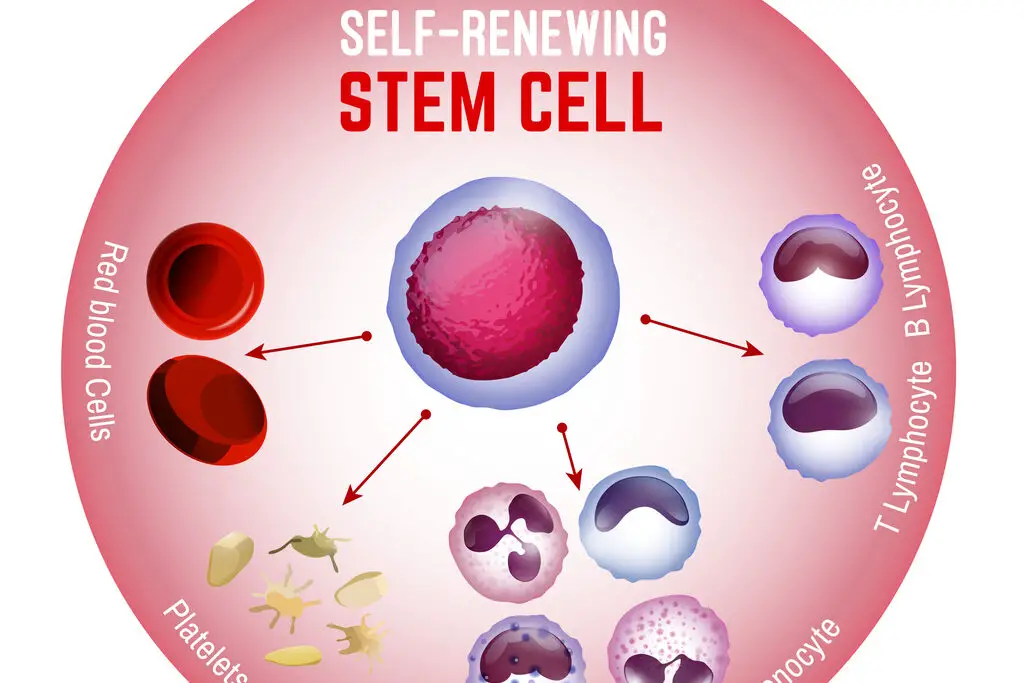
Believe it or not, humans have a small-scale version of limb regeneration hiding in plain sight. When a fingertip is lost—especially in young children—it sometimes grows back, complete with skin, bone, and even nails. The key is a special group of cells called the nail stem cells, which can trigger regrowth if the nail bed remains intact. It’s one of the few areas in the human body with real regenerative potential.
Scientists are now studying what makes this possible and whether the process can be enhanced or expanded to other body parts. If we could unlock the same regenerative process for entire limbs, the possibilities would be revolutionary. The fact that our bodies already have some regenerative ability means we might not be as far away from full limb regrowth as we once thought.
3. Stem Cell Research Is Opening New Doors
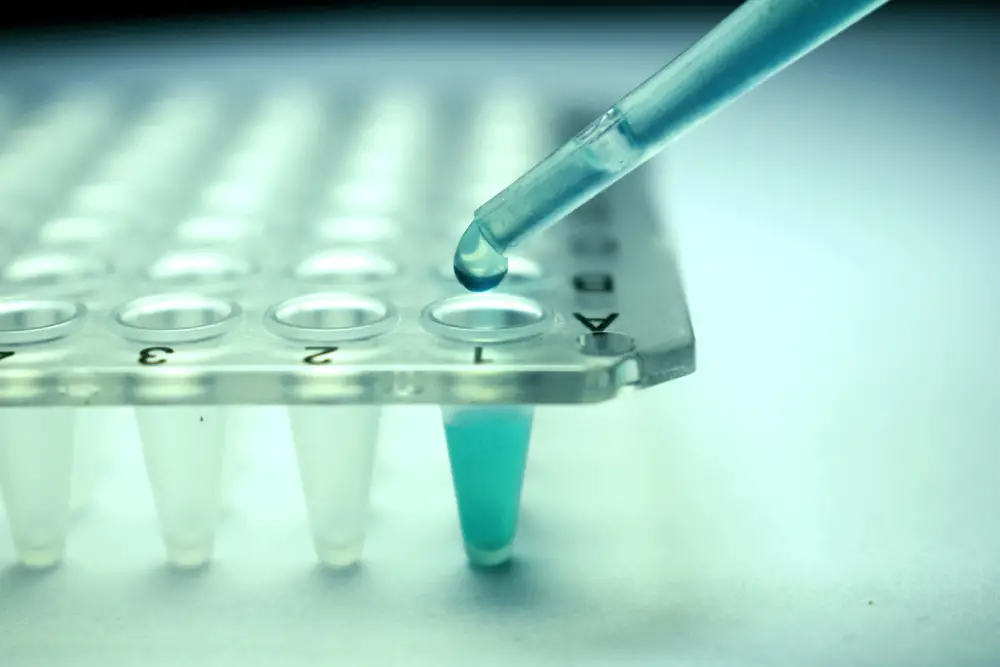
Stem cells are the body’s raw materials—cells that can develop into many different tissue types, including skin, muscle, and bone. In recent years, scientists have been making huge strides in using stem cells for tissue regeneration. In fact, researchers have already managed to grow human mini-organs, like tiny livers and heart tissues, in the lab.
The next step? Applying this knowledge to regrow entire limbs. Scientists are experimenting with ways to reprogram stem cells to repair damaged tissue, which could one day lead to regenerating entire body parts. If we can learn how to activate and control these cells properly, we may be on the verge of a medical revolution where lost limbs can be regrown instead of replaced with prosthetics.
4. Bioengineered Scaffolds Could Guide Limb Regeneration

Imagine losing a limb and having doctors implant a scaffold—a structure made of biocompatible materials—that acts as a guide for new tissue to grow. Researchers are already developing this technology to help regenerate bones, muscles, and nerves. The idea is that these scaffolds provide a blueprint for the body to rebuild itself, encouraging cells to grow in the right shape and structure.
So far, bioengineered scaffolds have been successful in regrowing small tissues and even parts of organs. If this technology continues to improve, it could lead to full limb regeneration by giving the body a clear framework to work with. It’s like giving nature a roadmap for rebuilding what was lost.
5. The Power of the Immune System in Regeneration

One of the biggest differences between animals that regenerate limbs and those that don’t is how their immune system responds to injury. Some species, like salamanders, have an immune response that helps with regrowth instead of creating scar tissue. Scar formation is one of the biggest barriers to human regeneration because once scar tissue forms, new cells can’t develop properly.
Scientists are now investigating how to tweak the human immune response to be more like that of regenerative animals. By controlling inflammation and preventing excessive scarring, we may be able to unlock our own regenerative potential. If successful, this could mean that future treatments for injuries focus on regenerating rather than just repairing.
6. Genetic Engineering May Hold the Key
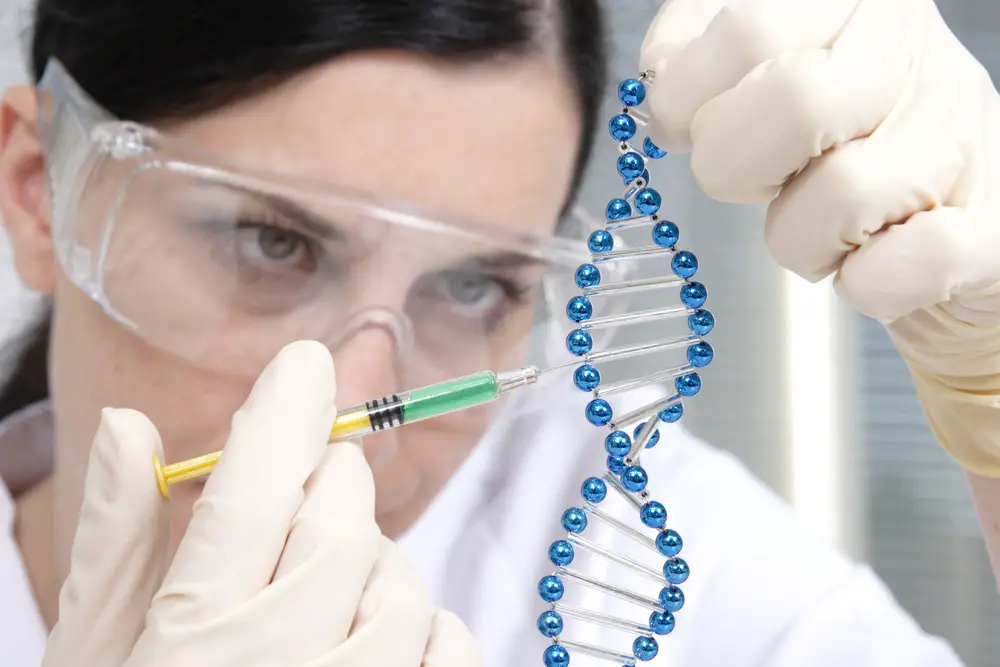
What if we could reprogram human DNA to include the same regenerative traits as animals that regrow limbs? Genetic engineering is already making headlines for its potential to treat inherited diseases, but some researchers believe it could also help with regeneration. By identifying and activating genes responsible for limb regrowth in other animals, we may be able to “switch on” the same abilities in humans.
CRISPR, a groundbreaking gene-editing tool, is already being used to modify genetic codes with incredible precision. Scientists have identified key genes in creatures like axolotls and zebrafish that control regeneration. If those genes can be activated in humans, we might one day see real-life limb regrowth—something that once seemed like pure science fiction.
7. Regenerating Nerve Cells Could Be the First Step
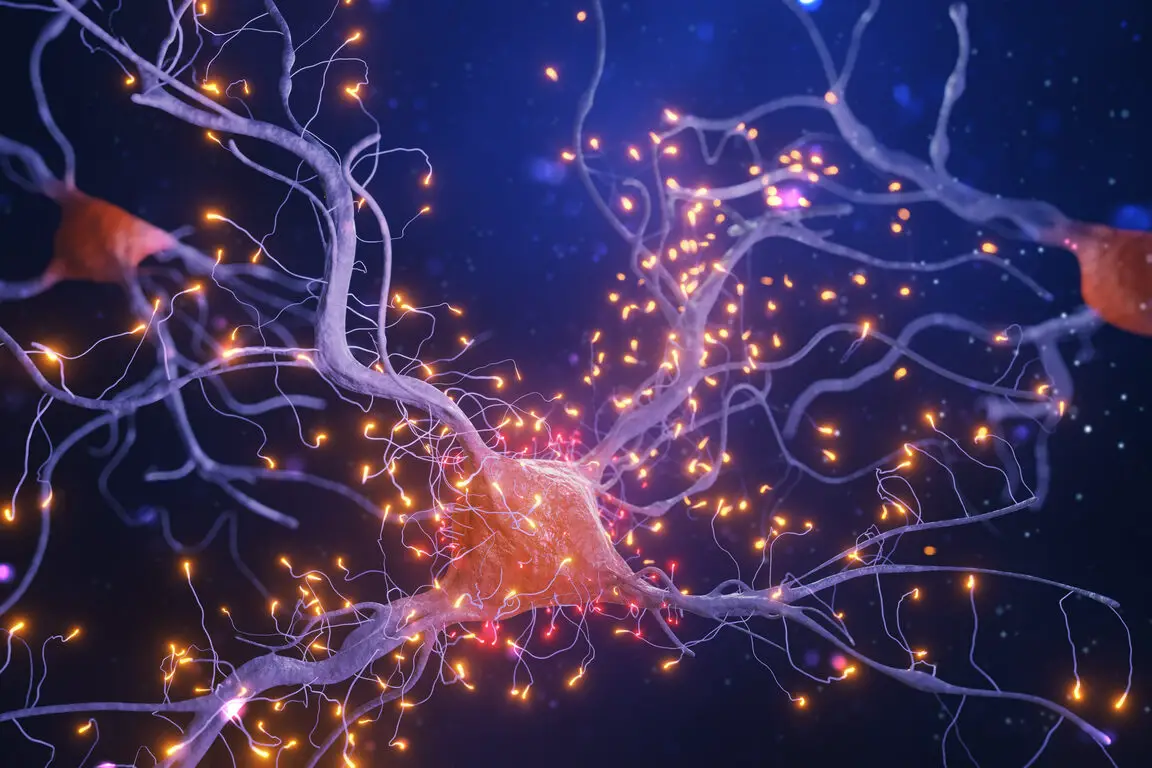
One of the biggest challenges in regrowing limbs is nerve regeneration. Without nerves, a new limb wouldn’t have sensation or function properly. Fortunately, researchers are making progress in regenerating nerve cells, which could be a critical first step toward full limb regeneration.
Some experiments have already shown success in helping patients with spinal cord injuries regain movement through nerve regrowth therapies. If scientists can find ways to regrow entire nerve networks, it would be a game-changer for amputees. This breakthrough could pave the way for more complex regeneration, ultimately leading to fully functional limbs.
8. The Role of Electric Fields in Healing and Regeneration

Did you know that some animals use electric fields to guide their healing process? Researchers have discovered that electrical signals play a key role in how cells organize and grow during regeneration. In creatures like salamanders, electric fields help direct cells to the right locations when regrowing a limb. Scientists are now experimenting with bioelectricity to see if similar techniques could trigger regeneration in humans.
One fascinating study showed that applying weak electric currents to amputated frog limbs encouraged partial regrowth. This suggests that our cells might already have some hidden regenerative potential—we just need to activate it correctly. If researchers can harness and refine this method, we could see future therapies where electrodes or bioelectric implants help guide human limb regeneration.
9. 3D Bioprinting Could Help Build New Limbs
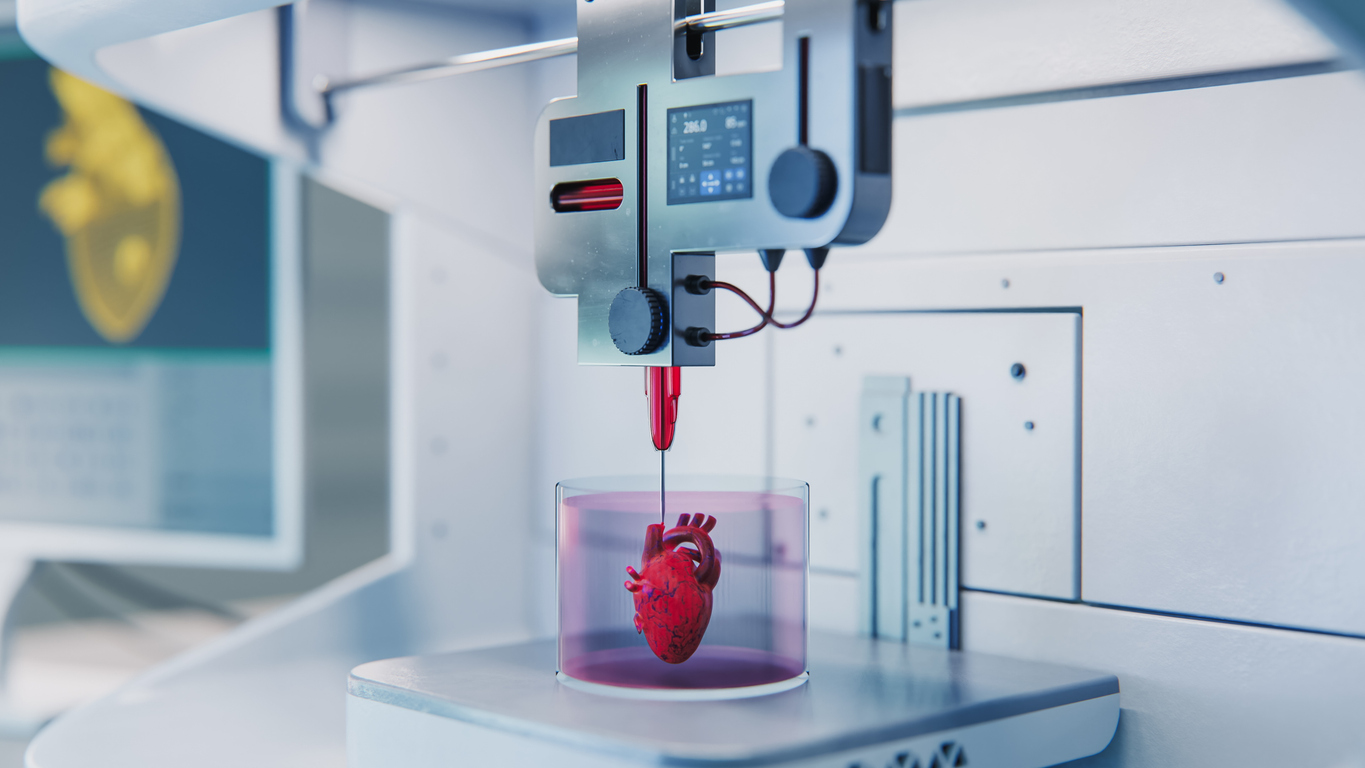
We already use 3D printing for everything from custom prosthetics to artificial organs, but what if we could print real, living limbs? Scientists are working on 3D bioprinting technology that uses living cells to construct tissues layer by layer. The idea is that, instead of waiting for the body to regenerate on its own, we could “print” the missing limb and help the body integrate it.
This technology has already shown success in printing small body parts, like skin grafts and tiny blood vessels. The challenge now is scaling up to larger structures like bones, muscles, and nerves. If 3D bioprinting continues to evolve, we might one day see doctors printing entire functional limbs, customized to each patient’s DNA.
10. Amphibians Might Teach Us the Secret to Regrowth
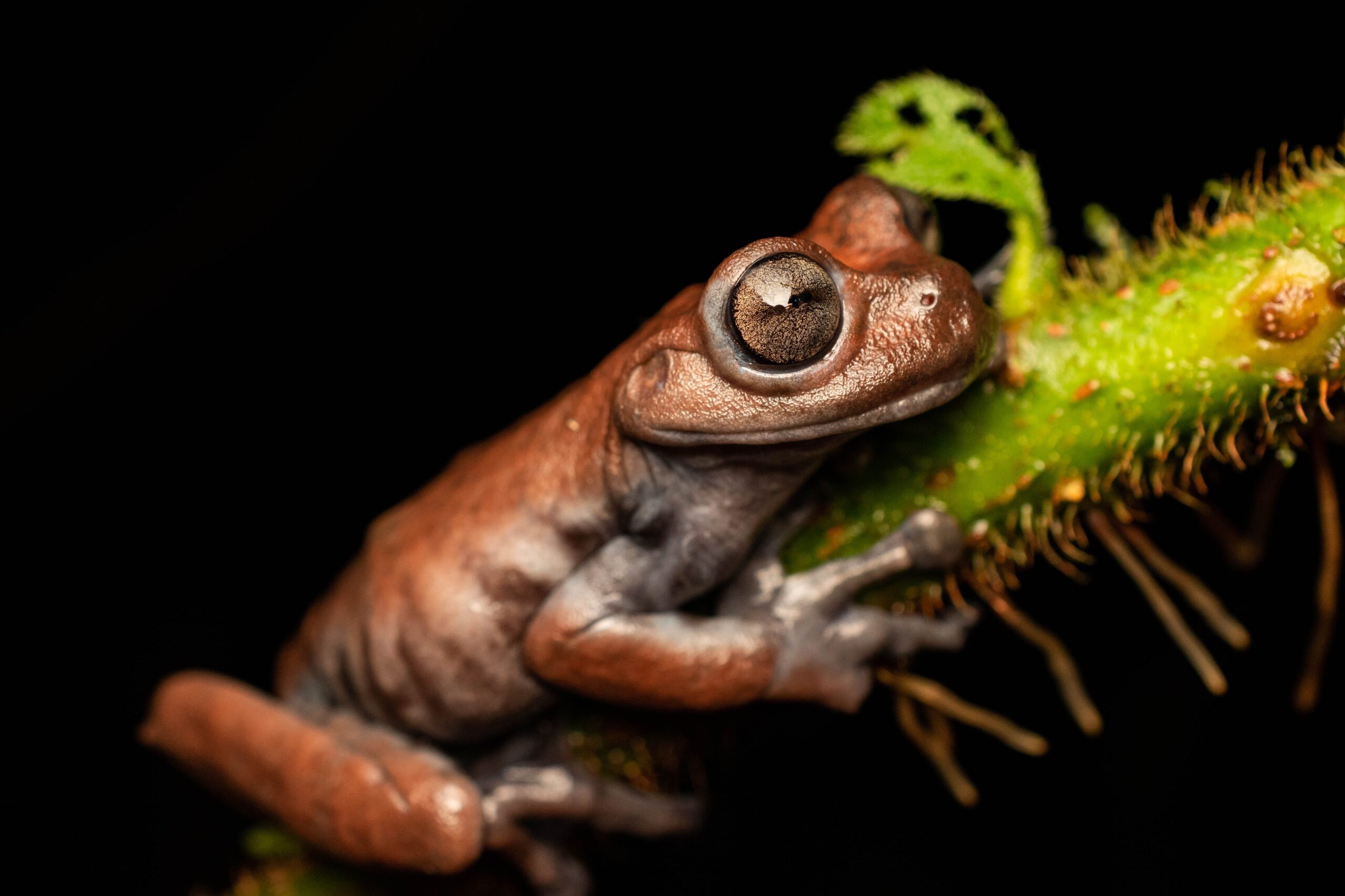
Salamanders, axolotls, and certain frogs are the undisputed champions of regeneration, capable of regrowing entire limbs, tails, and even parts of their heart and brain. Scientists are studying their biology to understand what makes them so special. These creatures don’t just heal—they recreate lost body parts with full function, right down to the nerves and bones.
The key might lie in a special type of cell called a blastema, which forms at the site of an injury and acts like an “embryonic reset button,” allowing the body to start fresh. If researchers can figure out how to trigger blastema formation in humans, we might be able to unlock similar regenerative abilities. Understanding and replicating this process could be the breakthrough we need.
11. Some Human Organs Already Regenerate—So Why Not Limbs?

While humans can’t regrow arms and legs, we do have some regenerative abilities hidden within us. The liver, for example, is famous for its ability to regrow after being partially removed. Skin regenerates constantly, and even the lining of our stomach renews itself every few days. These natural processes show that our bodies already have some of the tools needed for regeneration.
The big question is: how do we expand this ability beyond just organs and skin? Scientists believe the answer might involve reprogramming certain cells to behave more like the ones found in highly regenerative animals. If we can figure out how to trigger similar processes in limbs, we could take a huge step toward true human regeneration.
12. Drug Therapies Might Unlock Our Regenerative Potential

What if there were a pill or an injection that could help us regrow lost limbs? Researchers are working on developing drugs that could activate the body’s latent regenerative abilities. Some experimental compounds have already been shown to promote tissue regrowth in animals, leading scientists to wonder if the same could work for humans.
These potential treatments could involve activating stem cells, reducing scar formation, or even reprogramming existing cells to behave like regenerative ones. While we’re not there yet, ongoing trials suggest that the right combination of growth factors and signaling molecules could be the key. In the near future, taking a regeneration-boosting drug might be as routine as taking antibiotics.
13. The Future: A World Where Regrowing Limbs Is Possible

The dream of limb regeneration may not be as far-fetched as it once seemed. With advances in stem cell research, bioelectricity, gene editing, and bioprinting, we are slowly piecing together the puzzle of how to regrow human limbs. The biggest challenge is figuring out how to coordinate all these complex biological processes so that they work seamlessly together.
But if history has taught us anything, it’s that medical science can achieve the impossible. Just a century ago, organ transplants were unheard of, and today they are routine. Regenerating limbs might not happen overnight, but with continued research, dedication, and breakthroughs, we may one day live in a world where losing a limb is no longer permanent. The future of medicine is looking more sci-fi than ever—and that’s exciting.


